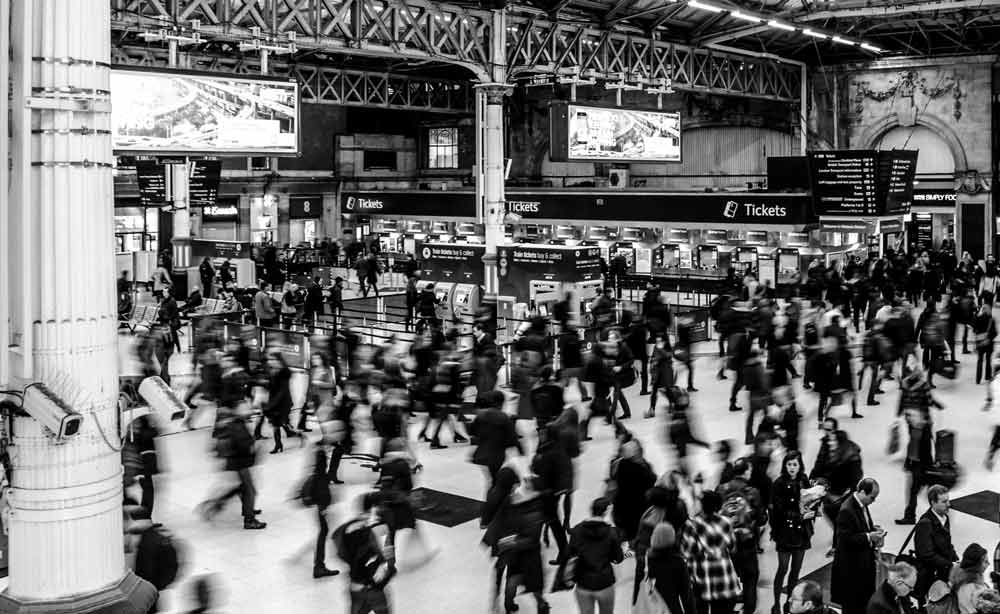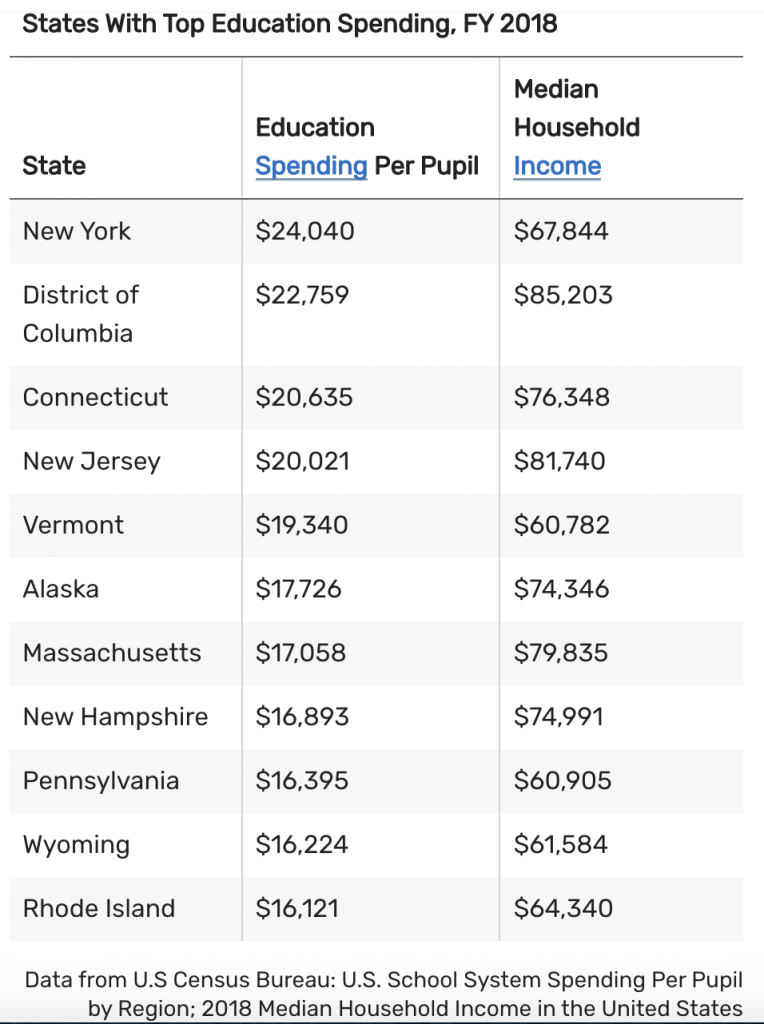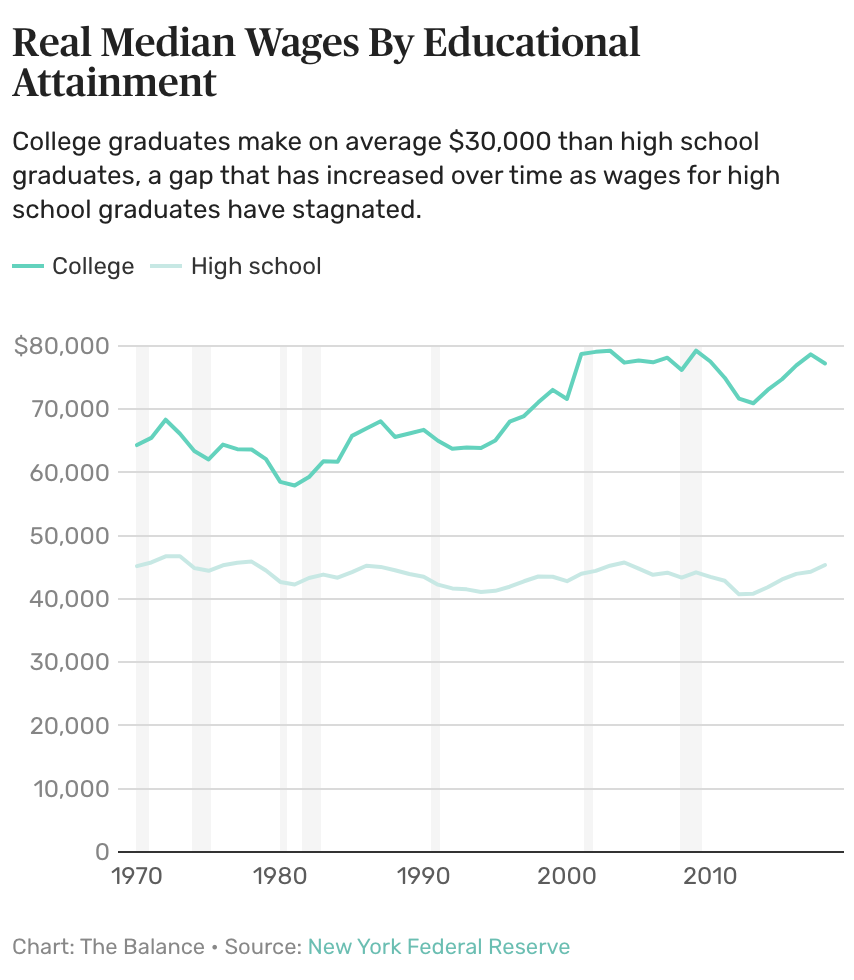
Human Capital: What It Is and How It Impacts the Economy
“Human capital” is a phrase used to refer to the economic value of the qualities and abilities of labor that have an influence on productivity. Education is one example of human capital. Investment in these qualities leads to greater economic output.
Since workers aren’t separate from these assets, the investments are called human capital. In a corporation, a division of the human resources department called talent management manages human capital.
What Is Human Capital?
Human capital refers to the intangible qualities and assets that benefit the economy and improve worker performance. These qualities and assets cannot be separated by the people who possess or receive them.
The theory of human capital was created in the 1950s and early 1960s by Gary Becker and Theodore Schultz, who were University of Chicago economists and Nobel Prize winners. Becker realized that investing in workers was the same as investing in capital equipment (another factor of production). Both human capital and capital equipment are assets that yield outputs such as income. Becker defined general and specific human capital as follows:
- General human capital: qualities or training that benefit the individual at any company
- Specific human capital: education or training that only benefits one company
According to Becker’s research, he found that individuals were more likely to pay for general human capital investments, while companies were more likely to pay for specific human capital. Firms weren’t as interested in investing in workers who might later be snatched up by their competitors.
Types of Human Capital
Human capital covers any human value or quality that improves economic output and productivity. Quantifying human capital can be challenging because it refers to intangible assets that cannot be separated from individual workers. However, these assets consistently lead to improved economic performance.
Human capital includes qualities such as:
- Communication skills
- Education
- Health
- Mental and emotional well-being
- Punctuality
- Problem-solving
- People management
- Technical or on-the-job training
With investment in these qualities comes improvement of the labor force’s abilities. This results in greater economic output and higher incomes for individuals.
Human Capital and Education
Education was the main focus of Becker’s research. He realized that the cost of education didn’t just include money; it also included time. When students pursued an education, they lost the opportunity to work, have children, or travel. People only chose to pursue an education if the potential income gain was more than the cost.
However, Becker’s research was limited because it focused on white men’s education and didn’t include diverse groups of people. His theory explained the ways in which investing in education benefited companies, counties, and individual people.
The majority of the states that spend more on education also have median household incomes above the national median. In 2019, this was $65,712.

In addition, states that have higher education scores typically have higher incomes.
Human Capital and Economic Mobility
Not only does investment in human capital benefit individual workers, but it also benefits the economy in which they participate. It creates greater earning potential as well as an increased ability to build wealth, especially in the case of education.

A study from the Federal Reserve in 2019 shows that the median family income of those who had a college degree was $95,700. For families with only a high school degree, the median income was $45,800. This provides them with enough income to save and acquire wealth, which is integral to economic mobility.
Improved Childhood Education
Families with educated parents tend to earn more than those who don’t have college degrees. These families often live in wealthier neighborhoods that have better schools, or they can afford to send their children to private schools. Therefore, these children receive a better education than the children of lower-earning parents. Consequently, children of better-educated parents gain greater economic mobility and earning potential.
The Effect of College on Upward Mobility
When a family without a college degree has a child, higher education increases the upward-mobility effect. After a child has earned a diploma, the whole family becomes wealthier.
It was found in a Federal Reserve study that a child who earns a college degree could boost their family’s wealth by 20 places in wealth rankings. However, families in which both children and parents graduate college improved by only 11 places.
In contrast, a lack of a college degree can lead to a downward-mobility effect. Children who had college-educated parents but didn’t graduate from college themselves fell 18 places in wealth rankings. Meanwhile, children whose parents didn’t graduate from college fell ten places.
Investment in Education in the United States
The U.S. doesn’t invest in human capital, such as education, at the same rate that other developed countries do. Between the years 2012 and 2017, U.S. public spending on education went up by about 10%, slightly higher than the average for all countries. However, other developed countries increased their spending even more.
The investment of the United States in higher education is also lagging behind that of other countries. Only 50% of Americans aged 25-34 have a college-level education; this is lower than nine other countries, including South Korea and Ireland. In fact, 70% of young people in Ireland are college-educated.
One explanation for the U.S.’s lower investment in education is that higher education in the United States is more expensive than it is in other countries. The average annual cost of a four-year public college for the 2020-2021 school year, including room and board, fees, and tuition, was $22,180 for state residents and $38,640 for students who lived out of state.
The result of these high expenses is that children who come from wealthier families are more likely to attend college. Because of this limit to who can receive a college education, economic mobility decreases. In addition, it limits increases in human capital and, therefore, economic growth.
Key Takeaways
- The economic value of the qualities and abilities of labor that influence productivity is called human capital. This includes qualities such as health, on-the-job training, and education. Human capital is intangible, and it can’t be separated from individual workers.
- Education is an extremely important type of human capital. It leads to increased economic mobility for families, higher individual income, and increased economic output.
- In the U.S., the costs of higher education plus limited investment in education lead to stagnating growth in human capital as well as limited economic mobility. This then results in limited potential for economic growth.


